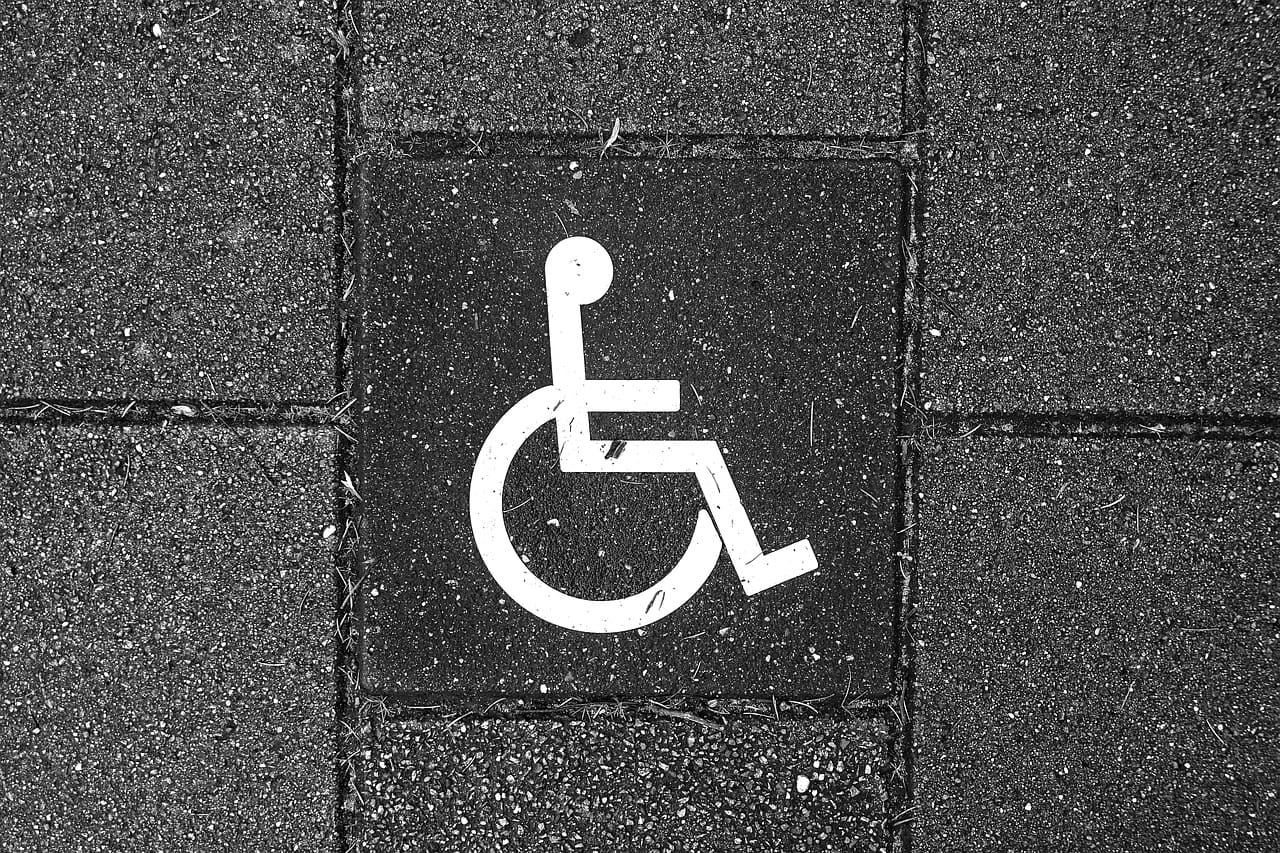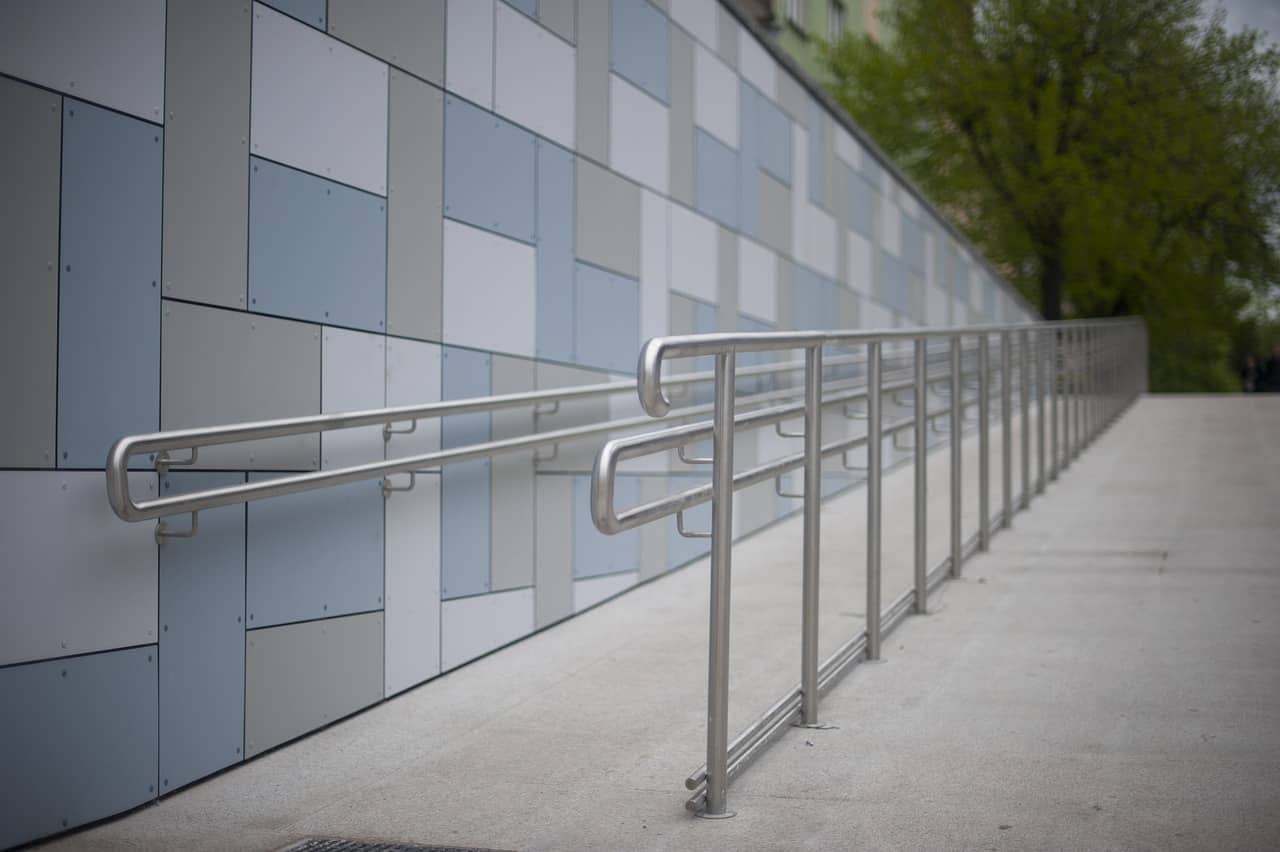Ah, the comfort of home sweet home. It’s not just a place; it’s where our heart finds solace. But what if your house isn’t as accommodating as it should be? What if you or a loved one face physical challenges that make navigating your own abode a struggle? That’s where disability adaptations come into play. They’re the magical transformations that turn a regular house into a haven of accessibility and independence. And the best part? The council can step in to help make these adaptations a reality. We will guide you through the best steps to take when making a housing disrepair claim.
Can I Get Help to Adapt My Home?
Imagine this: you’re an individual who’s navigating life with a disability, striving to maintain a sense of normalcy despite the unique challenges you face. Simple tasks like climbing stairs, reaching high shelves, or using a bathroom can turn into daunting endeavors. That’s when you start wondering, “Is there a way to make my home more accommodating?” The answer is a resounding “yes.”
Understanding Disability Adaptations
Disability adaptations are alterations made to your home to make it more accessible and user-friendly for individuals with disabilities. These adaptations can encompass a wide range of changes, from installing ramps and grab bars to widening doorways and adjusting the height of countertops. Their ultimate goal is to empower people with disabilities to move around their homes with ease, maintaining their sense of dignity and independence.
The Council’s Role
Now, you might be thinking, “How on earth can I afford all these changes?” That’s where the council comes into play. Local councils often offer assistance programs to help fund and implement disability adaptations. These programs vary depending on your location, but they typically involve assessing your needs, recommending suitable adaptations, and providing financial aid to cover the costs.
The Application Process: Navigating the Maze
So, you’re ready to take the leap and embark on the journey of making your home a more accessible place. Here’s a sneak peek into what the process might entail:
Initial Assessment
Your first step is to get in touch with your local council’s housing department. They will arrange for an assessment to understand your specific needs and requirements. During this assessment, a trained professional will visit your home to evaluate the areas that need adaptations. This could include examining entryways, bathrooms, bedrooms, and more.
Recommendations and Planning
Once the assessment is complete, the council will provide recommendations for the adaptations needed to enhance accessibility. These recommendations are tailored to your unique circumstances and challenges. Think of it as your home’s personalised makeover plan, designed to make your life smoother and more comfortable.
Financial Assistance
Now comes the part that often brings a sigh of relief: financial aid. Depending on your financial situation and the council’s policies, they might offer financial support to cover some or all of the adaptation costs. This can be a game-changer, as disability adaptations can sometimes involve significant expenses. However, it’s important to note that each council’s criteria and available funds can vary, so it’s crucial to communicate openly with them to understand your options.
Implementation and Project Management
With the recommendations approved and the finances sorted, it’s time to get those wheels in motion. The council will typically coordinate with contractors, architects, or builders to carry out the necessary adaptations. This can involve installing ramps, widening doorways, adding handrails, and even adjusting the height of fixtures to suit your needs.
What to Do if the Council Delays the Adaptations
While the process might seem straightforward, there are instances where delays can occur. This might be due to high demand, bureaucratic hurdles, or unforeseen circumstances. If you find yourself in a situation where the adaptations are taking longer than expected, don’t despair. Here are some steps you can take:
Communication is Key
Reach out to your council representative or the housing department and inquire about the status of your application. Politely express your concerns and ask for an update on the timeline. Sometimes, a simple nudge is all that’s needed to get things moving.
Document Everything
Keep records of all your correspondence with the council. This includes emails, letters, and phone conversations. Having a paper trail can be incredibly helpful if you need to escalate the situation or provide evidence of communication in the future.
Seek Advocacy
If the delays persist and communication isn’t yielding results, consider seeking support from local disability advocacy groups or organizations. They often have experience in navigating bureaucratic processes and can provide guidance on how to address the situation effectively.
Patience and Persistence
Remember, Rome wasn’t built in a day. While delays can be frustrating, it’s important to remain patient and persistent. Adaptations involve multiple parties and coordination, and sometimes a bit of extra time might be required to ensure the job is done right.
Making a Housing Disrepair Claim: Ensuring Your Rights
In the midst of seeking disability adaptations for your house by the council, there’s another important aspect to consider: housing disrepair. Your home is more than just a physical space; it’s a space that should be safe, comfortable, and conducive to your well-being. If you find yourself facing issues of disrepair that affect your quality of life, it’s essential to know your rights and how to take action.
Understanding Housing Disrepair
Housing disrepair refers to the state of a property that has fallen into disrepair due to negligence or lack of proper maintenance by the landlord or property owner. For individuals with disabilities, housing disrepair can exacerbate the challenges they already face and make daily life even more difficult. Common issues include dampness, leaks, faulty heating systems, and structural problems.
The Implications for Individuals with Disabilities
When you’re living with a disability, the effects of housing disrepair can be particularly severe. Dampness and mold, for example, can worsen respiratory conditions, while inadequate heating can lead to health complications. For someone with limited mobility, structural issues can further hinder their ability to navigate their home safely.
Taking Action: Making a Housing Disrepair Claim
If you’re facing housing disrepair issues that are negatively impacting your quality of life, it’s important to take action. Here’s a step-by-step guide on how to make a housing disrepair claim:
Document the Issues
Start by documenting the disrepair issues you’re experiencing. Take clear photos and videos that showcase the problems. This visual evidence will be crucial when building your case.
Inform Your Landlord or Property Owner
Reach out to your landlord or property owner to inform them of the issues you’re facing. Send a written letter or email detailing the problems and the impact they’re having on your well-being. Request that they take immediate action to address the disrepair.
Contact Environmental Health
If your landlord fails to respond or take action, you can contact your local environmental health department. They have the authority to inspect the property, assess the disrepair, and issue notices to the landlord to carry out the necessary repairs.
Seeking Legal Guidance
If the situation remains unresolved, you might consider seeking legal guidance. Contacting us at National Claims is the best place to start as we specialise in housing disrepair cases. Our team of claims specialists will provide guidance on your legal rights and help you navigate the claims process of making a formal claim.
Pursuing Compensation
In some cases, you might be eligible for compensation for the inconvenience, discomfort, and health implications caused by the housing disrepair. This compensation can help cover the costs of temporary accommodation, medical expenses, and the emotional toll the situation has taken.

Conclusion: A Journey Toward Accessibility and Comfort
In the quest for disability adaptations and addressing housing disrepair, individuals with disabilities embark on a journey that goes beyond bricks and mortar. It’s a journey toward reclaiming their independence, dignity, and right to live in a safe and accessible environment. The council’s role in facilitating disability adaptations is a beacon of hope, demonstrating society’s commitment to inclusivity and support for its most vulnerable members.
Simultaneously, the pursuit of housing disrepair claims underscores the importance of upholding basic living standards for everyone. No one should have to endure a home that’s detrimental to their well-being, regardless of their physical abilities. By advocating for housing disrepair claims, individuals with disabilities not only seek justice for themselves but also contribute to the collective movement toward better housing conditions for all.
So, whether you’re in the process of transforming your home into an accessible haven or taking a stand against housing disrepair, remember that every action you take contributes to a more inclusive and caring society. Your journey is a testament to the resilience of the human spirit and the power of collective efforts to create positive change.
Contact us today to find out more about housing disrepair claims and start your own claim.
Click below to see why we are one of the most trusted claims management companies in the UK.

We’re proud of our excellent customer reviews
We thrive on delivering exceptional service and ensuring our clients’ satisfaction. Don’t just take our word for it. Check out some of our independent reviews to see what our clients have to say.
Excellent

This firm is excellent, they sorted out my car pay out and injury claim very fast, they always communicate with you all the time.

My accident case was dealt with confidence and with great result of the outcome, especially James kept me informed all the time.

I was very impressed at the way my inquiry was treated. I was listened to attentively and everything I needed to know was explained to me.






